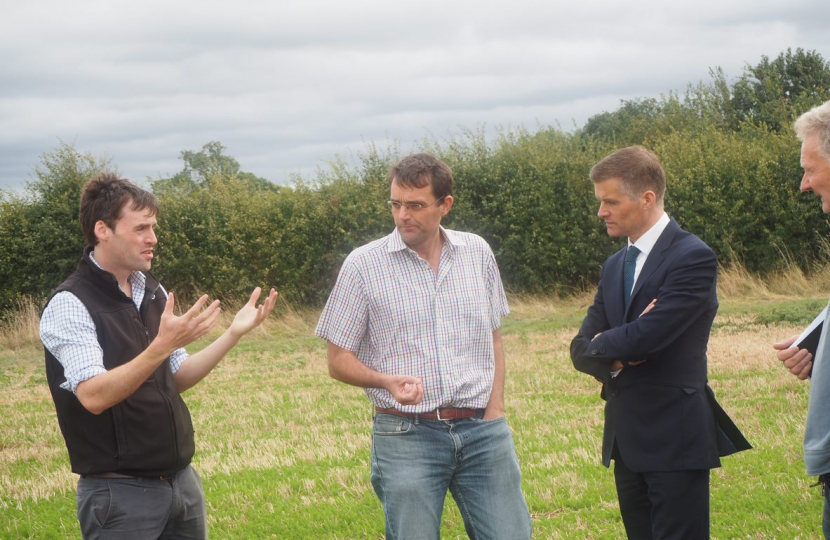
It has recently been announced that communities across England will benefit from an extra £110 million in local authority funding to support rural business and community groups – this includes a £600,000 allocation for the Forest of Dean.
Eligible local authorities, in our case the Forest of Dean District Council, will receive money from the Rural England Prosperity Fund, which they can invest in initiatives such as farm diversification, projects to boost rural tourism, and community infrastructure projects including electric vehicle charging stations. The funding will also help people start up local businesses to supercharge growth and create employment opportunities for rural areas.
Also announced is £400,000 for Tewkesbury Borough Council, which can be spent in the northernmost parts of the Forest of Dean constituency such as Highnam, and over £1 million for the rest of Gloucestershire.
Driving investment in rural areas is a vital part of the Government’s vision for levelling up the country. The new Rural Prosperity Fund replaces the bureaucratic EU funding system - allowing us to work closely with local leaders to direct funding where it is most needed to close the rural productivity gap, create job opportunities and protect the English countryside.
The Rural Prosperity Fund is a rural top-up to the UK Shared Prosperity Fund from which the Forest of Dean has already been awarded £1 million. The Forest of Dean District Council is looking to spend this Government funding on supporting our four town centres, encouraging active travel, supporting community projects which are seeking to tackle the climate crisis, creating well-paid jobs for local people, and promoting the Forest of Dean as an attractive location for film and TV. The Rural Prosperity Fund will build on this important work.
This latest funding announcement follows the ‘Delivering for Rural England’ rural proofing report, demonstrating that rural challenges are at the heart of the Government’s levelling up agenda. The government is committed to promoting high-quality digital infrastructure and considerable progress has already been made, for example in improving connectivity with 30% of rural premises now having access to gigabit-capable connections compared with 19% in January 2021.
This article was first published in The Forester newspaper.


